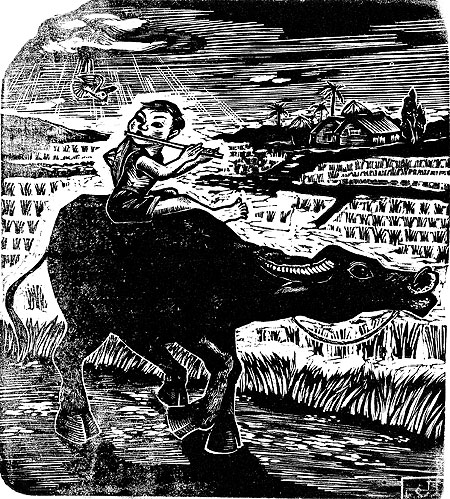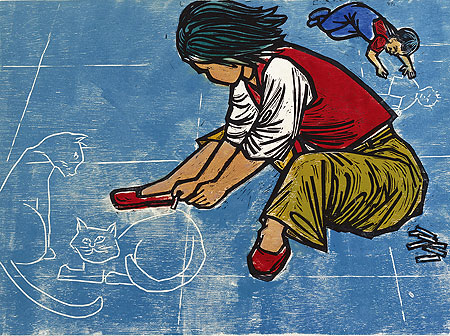CONTENTS |
|
| SEPARATION AND INTEGRATION :
TOWARDS A COMMUNION OF CHINESE MINDS AND HEARTS 離心與向心 :眾圓同心 By YU Kwang-chung 余光中 |
|
|
FIRST SNOW OF A RIVER TRIP 江行初雪 By LI Yue 李渝 Translated by Yingtsih HWANG 黃瑛姿 |
|
| NOT A DREAM 不是一夢 By Ai Ya 愛亞 Translated by David van der Peet 范德培 |
|
| BEST OF BOTH WORLDS :
WISTERIA TEA HOUSE AND STARBUCKS 在紫藤廬與Starbucks 之間 By LUNG Yingtai 龍應台 Translated by Darryl STERK 石岱崙 |
|
| THE ORCHID CACTUS LOOKS OUT AT THE SEA 曇花看海 By CHEN Yu-hong 陳育虹 Translated by Karen Steffen CHUNG 史嘉琳 |
|
| I TOLD YOU BEFORE 我告訴過你 By CHEN Yu-hong 陳育虹 Translated by Karen Steffen CHUNG 史嘉琳 |
|
| RAMBLIN’ ROSE 流浪玫瑰 By Du Yeh 渡也 Translated by John J. S. BALCOM 陶忘機 |
|
| A MING DYNASTY INCENSE BURNER 宣德香爐 By Du Yeh 渡也 Translated by John J. S. BALCOM 陶忘機 |
|
| SELLING OFF THE LAND OF DREAMS 變賣夢土 By Chan Cher 詹澈 Translated by John J. S. BALCOM 陶忘機 |
|
| SHORT ACQUAINTANCE ; LONG MEMORIES —
A RETROSPECTIVE ON CHEN CHI-MAO 「版畫史」誕生在最後的「裝置」裡—— 陳其茂紀念集序 By SHAIH Lifa 謝里法 Translated by TING Chen-wan 丁貞婉 |
|
| PASTORAL SONGS ; POETICAL SENTIMENTS—
CHEN CHI-MAO’S CREATIVE ART
牧歌‧詩情——試論陳其茂的藝術創作 By CHEN Shuh-sheng 陳樹升 Translated by TING Chen-wan 丁貞婉 |
|
| NEWS & EVENTS 文化活動 Compiled by Sarah Jen-hui HSIANG 項人慧 |
|
| NOTES ON AUTHORS AND TRANSLATORS 作者與譯者簡介 |
|
| APPENDIX : CHINESE ORIGINALS 附錄 :中文原著 | |
| THE MONKEYS IN THE WOODEN HOUSE 木屋裡的猴子, woodcut, 79 × 79 cm, 1975 ............................COVER |
|
| A GIRL SLEEPING ON THE RED WALL 石牆上的睡女, woodcut, 53 × 32 cm, 1985.................BACK COVER By CHEN Chi-Mao 陳其茂 |
|
PASTORAL SONGS;POETICAL SENTIMENTS— Translated by TING Chen-wan 丁貞婉 |
||
Woodblock printmaking originated in China at least a thousand
years earlier than in the West, it is estimated. Its history is
brilliant, boasting numerous illustrations of Buddhist sutra and
books of fiction and drama, as well as in the drawing manuals
and the colorful New Year decorative pictures later. |
||
|


